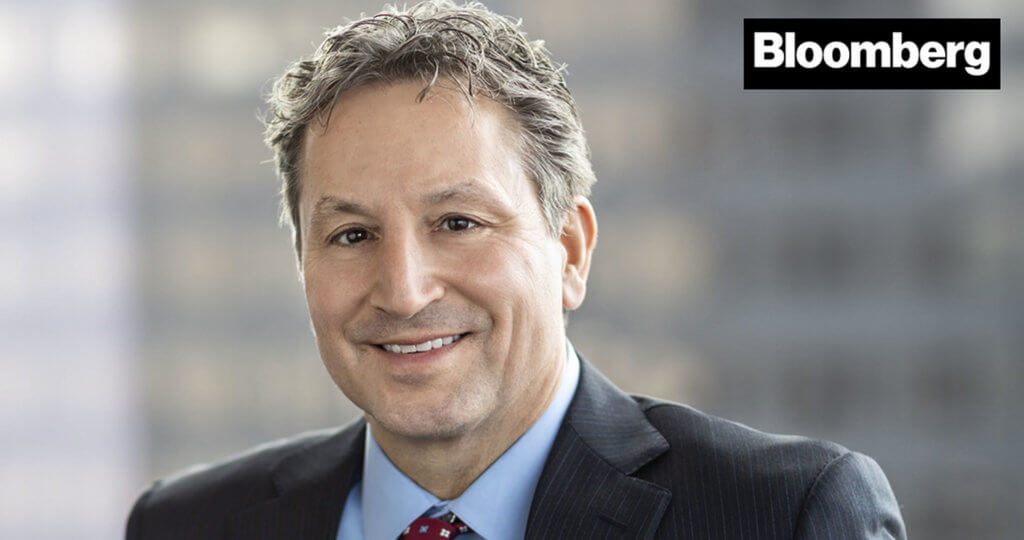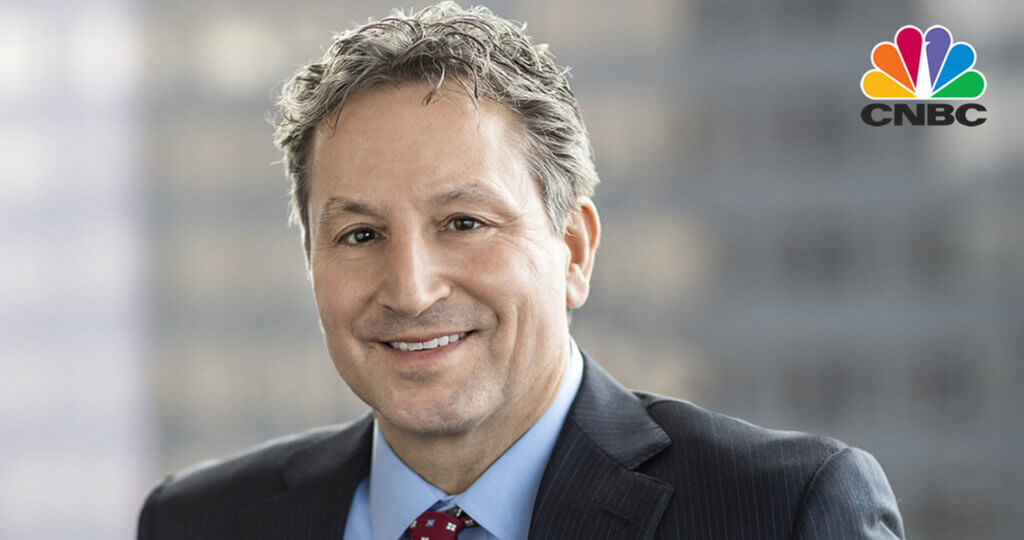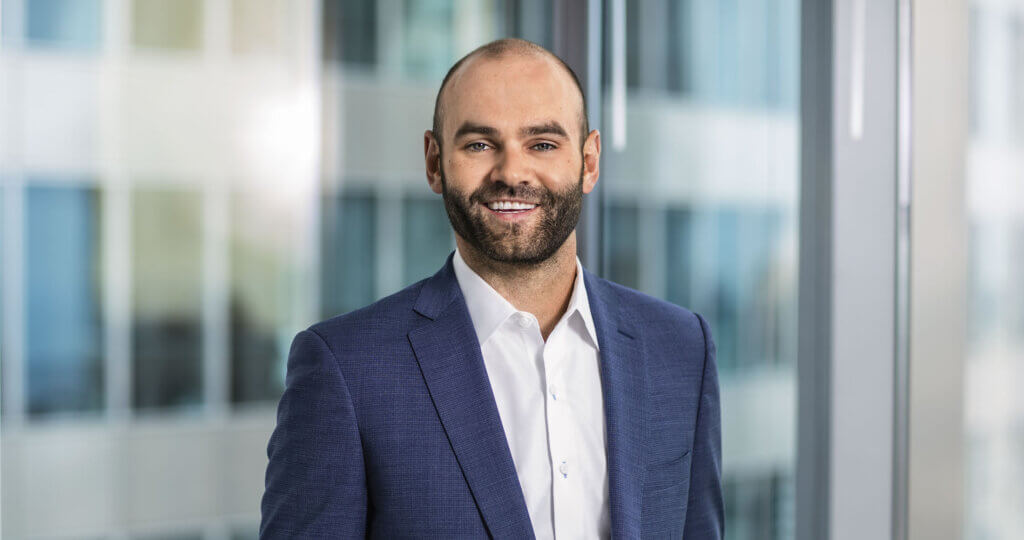Oakmark Global Fund - Investor Class
Average Annual Total Returns 03/31/15
Since Inception 08/04/99 11.23%
10-year 8.43%
5-year 10.35%
1-year 4.14%
3-month 2.13%
Gross Expense Ratio as of 09/30/14 was 1.11%
Past performance is no guarantee of future results. The performance data quoted represents past performance. Current performance may be lower or higher than the performance data quoted. The investment return and principal value vary so that an investor’s shares when redeemed may be worth more or less than the original cost. To obtain the most recent month-end performance data, view it here.
The Divergences Reverse
In the March quarter the Oakmark Global Fund gained 2%, the same as the MSCI World Index return in the period and less than the Lipper Global Funds Index’s gain of 3%. For the first six months of the Fund’s fiscal year the Fund returned 5%, compared to 3% for the MSCI World Index and 4% for the Lipper Global Funds Index. Since inception in 1999, the Fund has achieved a compound annual rate of return of 11%, which compares to 4% for the MSCI World Index and 5% for the Lipper Global Funds Index.
For the past few quarters, we have written about the strong performance of U.S. equities relative to the rest of the world. The first calendar quarter broke this trend. Most developed markets outperformed the U.S., and this was also true within the Global Fund. European equities in particular benefited from the European Central Bank’s initiation of a larger than expected quantitative easing program. The countries that contributed most to the Fund’s return were Switzerland, Japan, Australia and Germany, and both Australia and Germany had to overcome significant currency headwinds. Switzerland made headlines in the quarter when its central bank allowed the franc to float freely, but the effect, though initially substantial versus the euro, proved to be modest over the quarter relative to the dollar. The only countries to produce negative March quarter returns in the Fund were the U.S. and the U.K. The individual holdings that contributed most to return were TE Connectivity (Switzerland), Incitec Pivot (Australia), Daimler (Germany), Julius Baer (Switzerland) and Credit Suisse (Switzerland). Fund holdings that detracted most from return were National Oilwell Varco (U.S.), Bank of America (U.S.), Intel (U.S.), Chesapeake Energy (U.S.) and Richemont (Switzerland).
For the fiscal year that began October 1, the countries that contributed the most to the Fund’s return were Switzerland, the U.S. and Australia, and the detractors from return were the Netherlands, France and the U.K. The five largest contributors to Fund return in the period were TE Connectivity, Incitec Pivot, Health Net (U.S.), Interpublic Group (U.S.) and Daimler. The Fund holdings that detracted most were National Oilwell Varco, Tenet Healthcare (U.S.), Chesapeake Energy, Bank of America and Philips (Netherlands).
Energy industry holdings have impaired Fund returns for the past two quarters. Given the difficult fundamental environment for this industry, it is fortunate that the Fund’s energy allocation is only 4%. Since we are value investors who are always interested in companies with deflated share prices, it is natural that clients have frequently asked if we are planning to increase the Fund’s energy commitment. The answer is that we do not have such plans, but we are actively researching the industry in order to uncover the most attractive opportunities. The volatility of commodity prices makes it challenging to understand the true business value of companies in extractive industries. To that end, we focus on developing valuation techniques that are not completely dependent on commodity price forecasts.
Credit Suisse
Credit Suisse, the Fund’s largest holding, had a volatile quarter due to recent news, but it ended the quarter with a gain of 6.5% in U.S. dollar terms over the period. The stock fell around 20% during January because of concerns that potential new capital requirements could require that the company raise additional equity. The company reported strong results in early February that helped allay the capital concerns, as did the rumors that any new capital requirements, if passed at all by the regulator, wouldn’t be implemented until late 2015/early 2016, which would give Credit Suisse ample time to build capital. We view Credit Suisse’s balance sheet and free cash flow generation as more than adequate to meet capital requirement deadlines set for 2019 and beyond.
Recently Credit Suisse announced that Brady Dougan will step down as CEO by the end of June and that Tidjane Thiam, the current CEO of Prudential PLC, will take his place. Brady’s eight-year tenure during the financial crisis was one of the longest of any CEO of a major financial company, highlighting his ability to navigate through the crisis. His plan to grow the wealth management business while reducing capital from the investment bank is one that should build per share value at Credit Suisse. Tidjane is supportive of this transition as well. He appears to be smart, returns driven, politically savvy and a proven leader who has experience in Asian markets and the wealth management business. While it’s still early, we view these changes positively.
Portfolio Activity
Our trading activity in the quarter produced one new international holding and one U.S. elimination. Combined with the divergence in regional investment return, the net effect was to increase the international allocation in the Fund by 3% versus the U.S. As always, we do not target specific country weights but construct the portfolio from the bottom up. It is usually the case, however, that the change in weights over time reflects our general perception of where value is most available.
We initiated a position in Allianz (Germany) at around 1x forward NAV, 10x earnings and a 5% dividend yield. About one-half of Allianz’s business value comes from its property and casualty business, which has strong market share in Germany and Italy and generates high teens/low twenties returns on equity. About one-quarter of its business value comes from its life insurance business—an average business, in our view, with adequate returns and growth. The remainder of the company is the asset management business, namely PIMCO. The company has experienced outflows worth over $200 billion since PIMCO co-founder, Bill Gross, left in late September. In recent months, though, outflows have diminished to what we believe is a manageable level, new management has been installed, morale has improved and returns at the flagship PIMCO Total Return Fund through February 2015 have outperformed its benchmark and peers since Gross’s departure. While our assessment of Allianz’s fair value dropped right after Gross left, it now exceeds our previous value estimate due to better than expected fund flows, the company’s cost saving measures and a weaker euro. With what we consider a good management team and a solid balance sheet, Allianz is an attractive investment.
The only portfolio elimination was FedEx. We owned FedEx shares in the Fund for three years and eliminated the holding as the stock neared our sell target. Our buy/sell discipline is to establish buy/sell targets based on our estimate of intrinsic value. That estimate itself evolves with the passage of time as we incorporate new information. As a stock approaches its sell target, we usually reduce our position so we can purchase issues that we believe are more undervalued. Of course, not all of our investments end up fitting this model, but FedEx did. We would happily return to the stock should it again sell at a substantial discount to our value estimate.
Currency Hedges
While the U.S. dollar has appreciated against many global currencies, we still believe the Swiss franc and Australian dollar are overvalued. As a result, we defensively hedge a portion of the Fund’s exposure. Approximately 33% of the Swiss franc and 18% of the Australian dollar were hedged at quarter-end.
Thank you for being our partners in the Oakmark Global Fund. Please feel free to contact us with your questions or comments.
As of 03/31/15, TE Connectivity, Ltd. represented 4.3%, Incitec Pivot, Ltd. 3.0%, Daimler AG 2.2%, Julius Baer Group, Ltd. 4.7%, Credit Suisse Group 5.8%, National Oilwell Varco, Inc. 1.7%, Bank of America Corp. 3.3%, Intel Corp. 2.1%, Chesapeake Energy Corp. 1.1%, Richemont SA 3.2%, Health Net, Inc. 3.0%, Interpublic Group of Companies, Inc. 3.4%, Tenet Healthcare Corp. 2.2%, Philips Electronics NV 0%, Prudential PLC 0%, Allianz SE 1.5%, and FedEx Corp. 0% of the Oakmark Global Fund’s total net assets. Portfolio holdings are subject to change without notice and are not intended as recommendations of individual stocks.
Click here to access the full list of holdings for The Oakmark Global Fund as of the most recent quarter-end.
The MSCI World Index (Net) is a free float-adjusted market capitalization weighted index that is designed to measure the global equity market performance of developed markets. This benchmark calculates reinvested dividends net of withholding taxes using Luxembourg tax rates. This index is unmanaged and investors cannot invest directly in this index.
The Lipper Global Funds Index measures the performance of the 30 largest mutual funds that invest in securities throughout the world. This index is unmanaged and investors cannot invest directly in this index.
The Oakmark Global Fund’s portfolio tends to be invested in a relatively small number of stocks. As a result, the appreciation or depreciation of any one security held by the Fund will have a greater impact on the Fund’s net asset value than it would if the Fund invested in a larger number of securities. Although that strategy has the potential to generate attractive returns over time, it also increases the Fund’s volatility.
Oakmark Global Fund: Investing in foreign securities presents risks that in some ways may be greater than in U.S. investments. Those risks include: currency fluctuation; different regulation, accounting standards, trading practices and levels of available information; generally higher transaction costs; and political risks.
Oakmark Global Fund: The percentages of hedge exposure for each foreign currency are calculated by dividing the market value of all same-currency forward contracts by the market value of the underlying equity exposure to that currency.
The discussion of the Fund’s investments and investment strategy (including current investment themes, the portfolio managers’ research and investment process, and portfolio characteristics) represents the Fund’s investments and the views of the portfolio managers and Harris Associates L.P., the Fund’s investment adviser, at the time of this letter, and are subject to change without notice.




